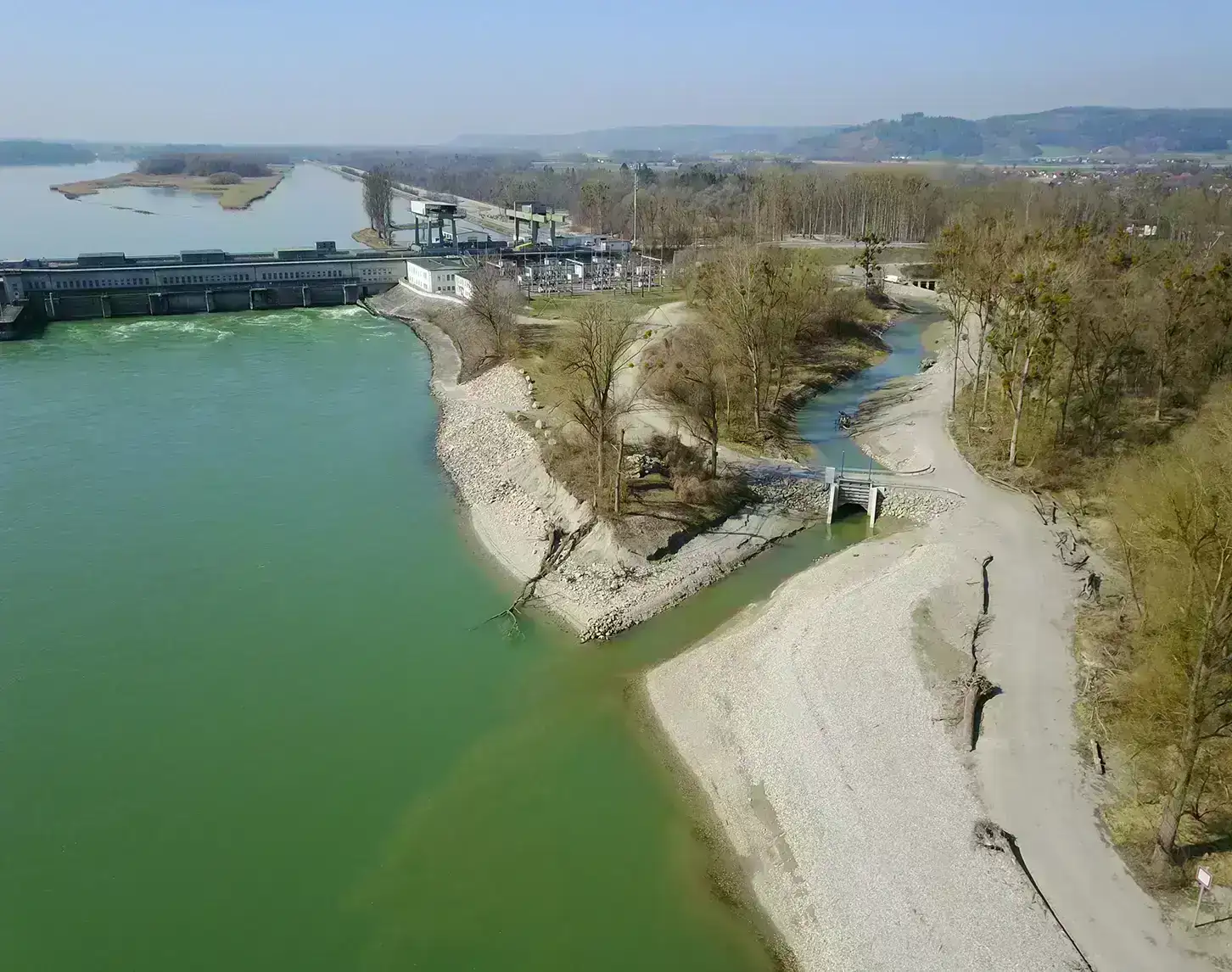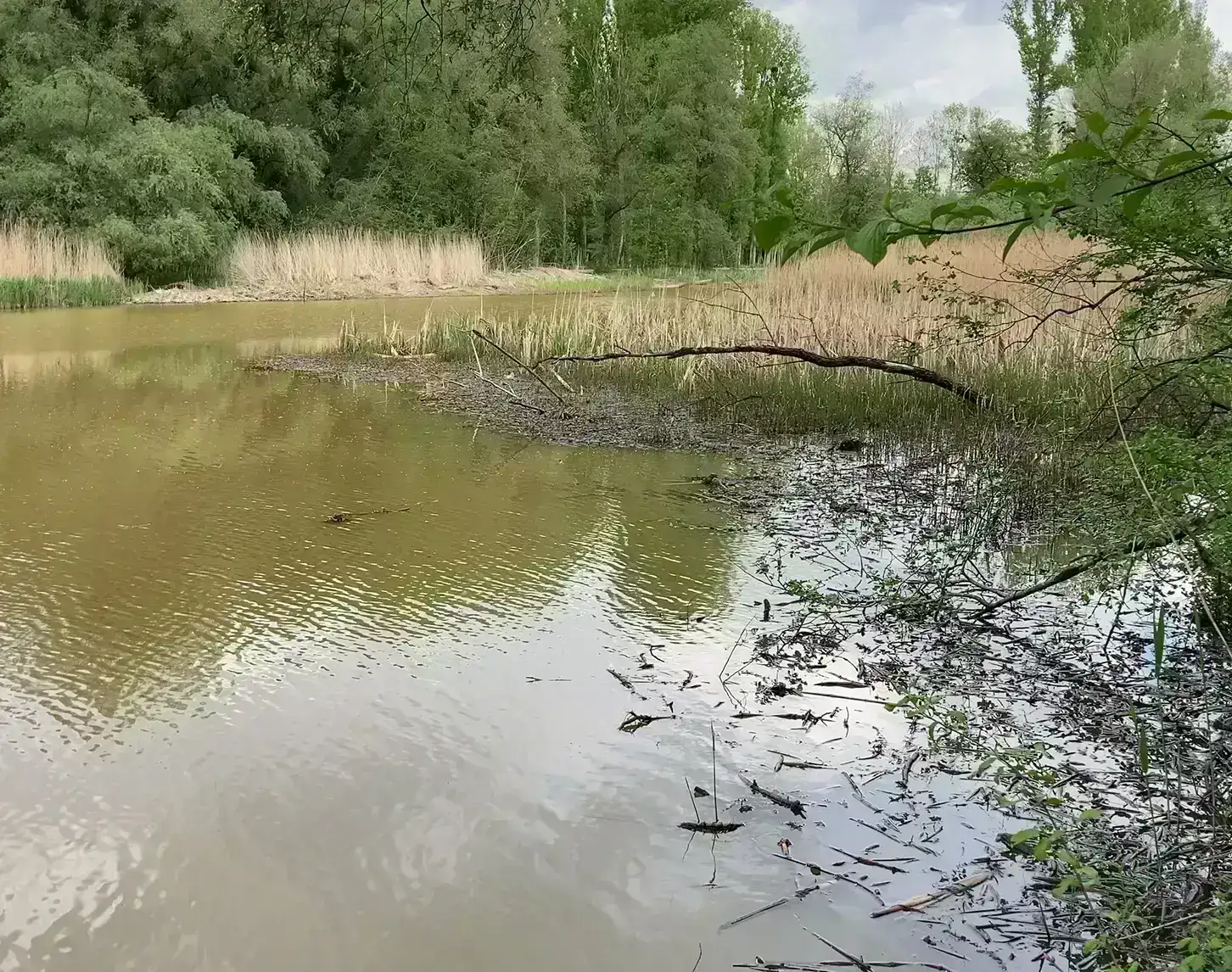Extensive care enables biodiversity
Species-rich, nutrient-poor and dry grasslands are found extensively on the Inn dams and dykes. This type of meadow and the species-rich oat meadows can almost exclusively be found on the Inn dams in the Inn Valley. An important task of the LIFE project is the professional maintenance of the meadow areas in order to preserve the biodiversity along the Inn in the long term.
Extensive and regular maintenance is necessary to promote the species-rich flowering meadows. Twice a year, more than 100 hectares of meadows are mowed over a length of around 40 km. This corresponds to an area of more than 140 football pitches.
Mowing the steep embankments prevents scrub encroachment. The laborious removal of the mown material ensures the necessary nutrient removal. Leaving unmown strips of meadow in place serves as a refuge for insects and other animals. Heat-loving insect species, especially butterflies, grasshoppers and wild bees, benefit from the maintenance measures. For example, 57 species of wild bees were counted on the Simbacher Damm. The regular maintenance of dams and dykes is a win-win situation. It ensures stability and at the same time preserves and promotes biodiversity.
Photo: Helmet orchid (orchis militaris) on the Seibersdorf dam
(c) Sabine Neuwerth







